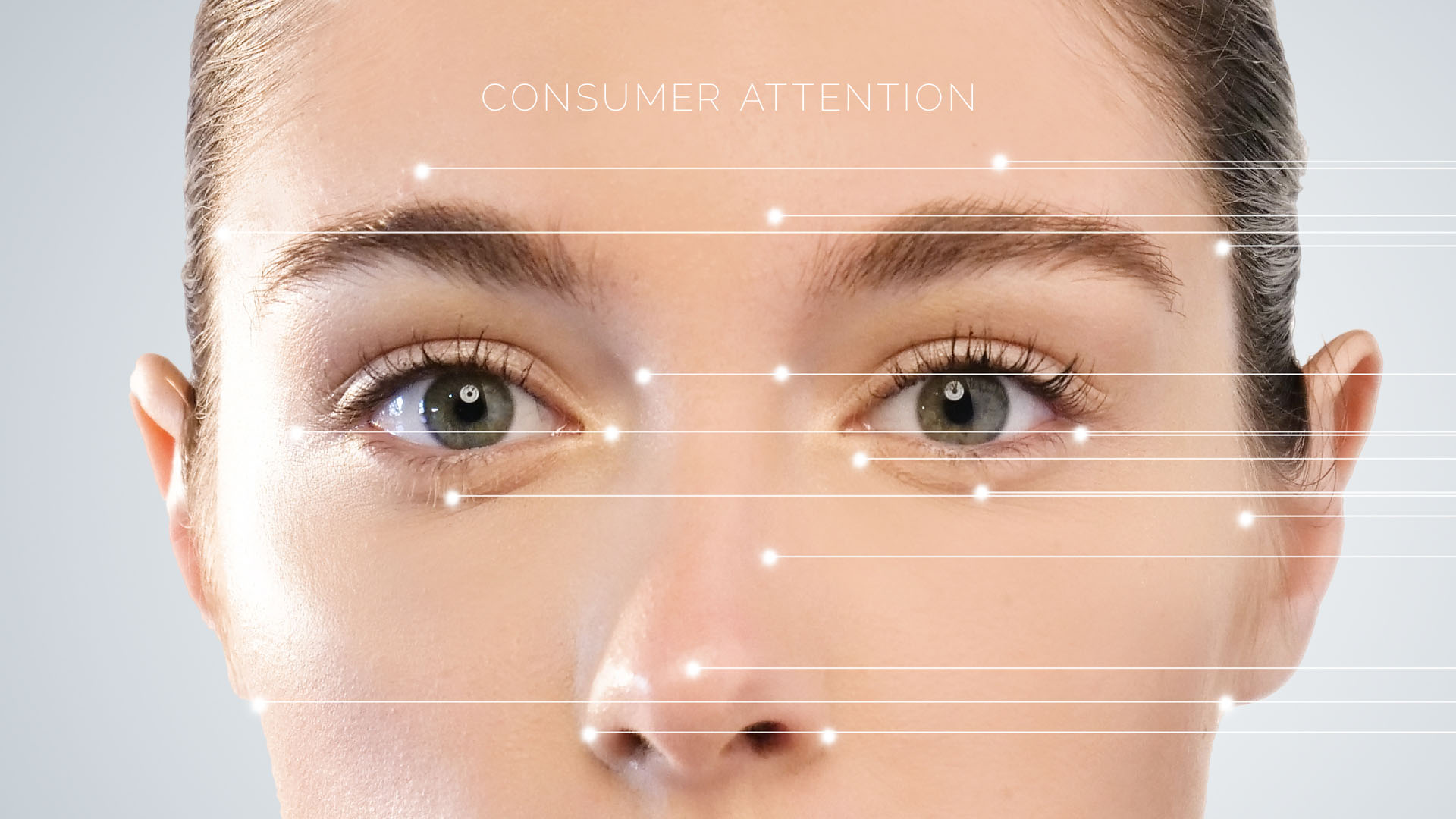To gain and hold a consumer’s attention… that is difficult.
For good reason. It is estimated that people encounter an average of 4 to 10 thousand advertisements every day. And, consumer digital privacy is more regulated now. So we must move away from personal data collection. Instead, we return to seeking to understand deeper truths about human behavior. But with new technology!
What keeps a person’s attention? What remains in their minds when they go to make a purchasing decision? How are these things measured? Attention metrics is a cutting edge science that is revealing so much about a consumer’s online behavior. Here are some of the ways companies are attempting to measure attention.
Eye-Tracking
This is new technology that analyzes how consumers interact with material using a camera or lens. (This is opt-in technology.) It can measure how long a person looks at a particular ad or post, where they look on the page, and whether they interact with the content.
Emotion Measurement
Market research is also studying facial expressions as the consumer interacts with the content. This may prove to be a helpful way to understand human behavior online because it can give insight into how much a person is paying attention and has positive reactions to a particular ad, website, package, blog, etc.
AI Data and Analytics
Amid tougher laws and more corporate responsibility, there is still room for data collection for a more personalized experience on the internet. While cookies and data tracking may be going away, the rise in the use of AI will help marketers understand and predict consumers interests and wishes.
We are also learning that metrics like click rates and load rates are not a great measurement of consumer attention. In fact, they may be going the way of the always maligned pop-up ad… their effectiveness depreciates over time as people get more adept at interacting with the internet.
As attention becomes more understood, it gives us as marketers the ability to interact with our potential customers more effectively. We seek to transcend the idea that our messages are an interruption. We want people to tune-in intentionally because the information is entertaining, moving, or adds value to the person’s life. Examples of this are Super Bowl commercials, how-to videos, special hacks or tips, entertaining or informational content. How can your small business harness these concepts to engage their customers?
